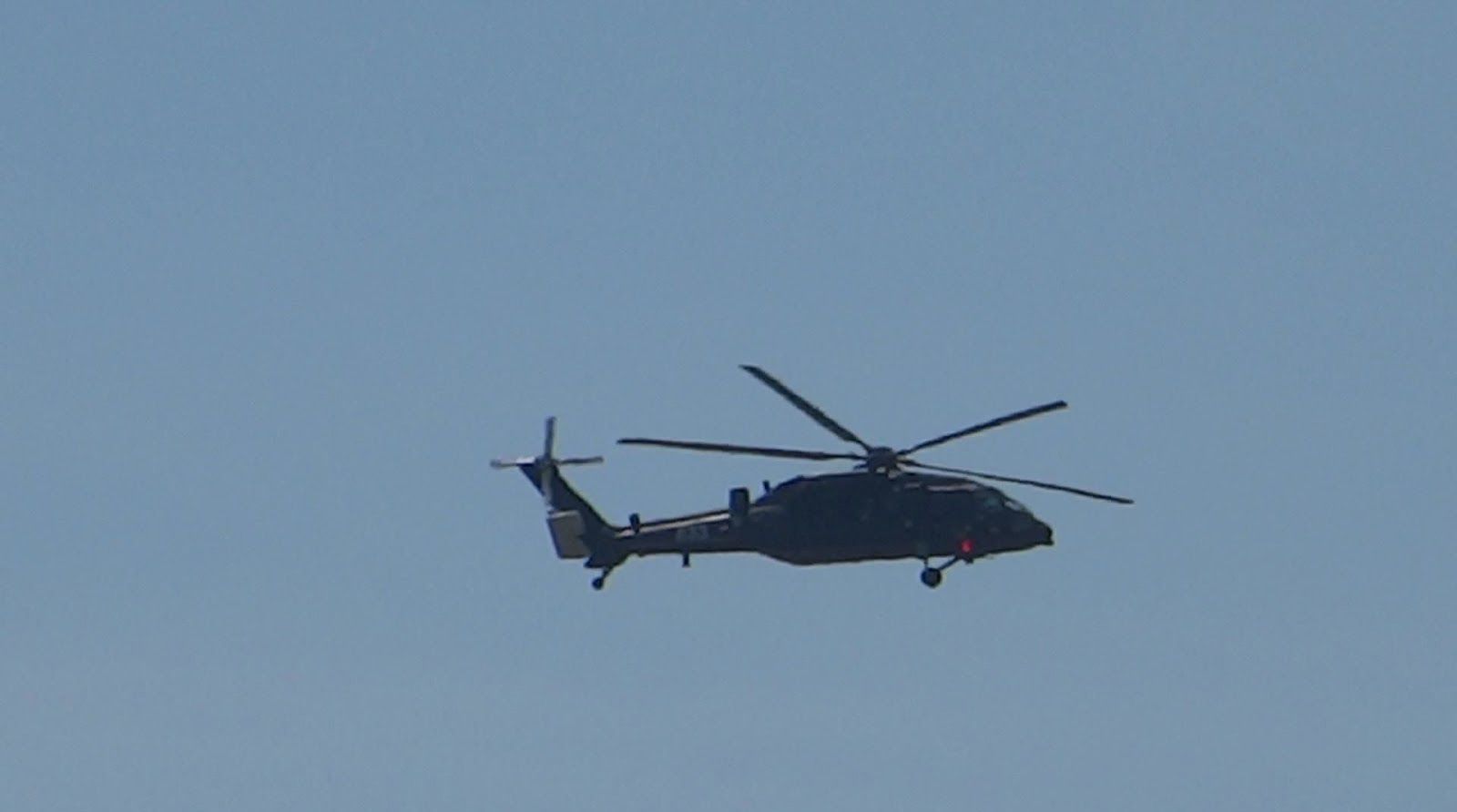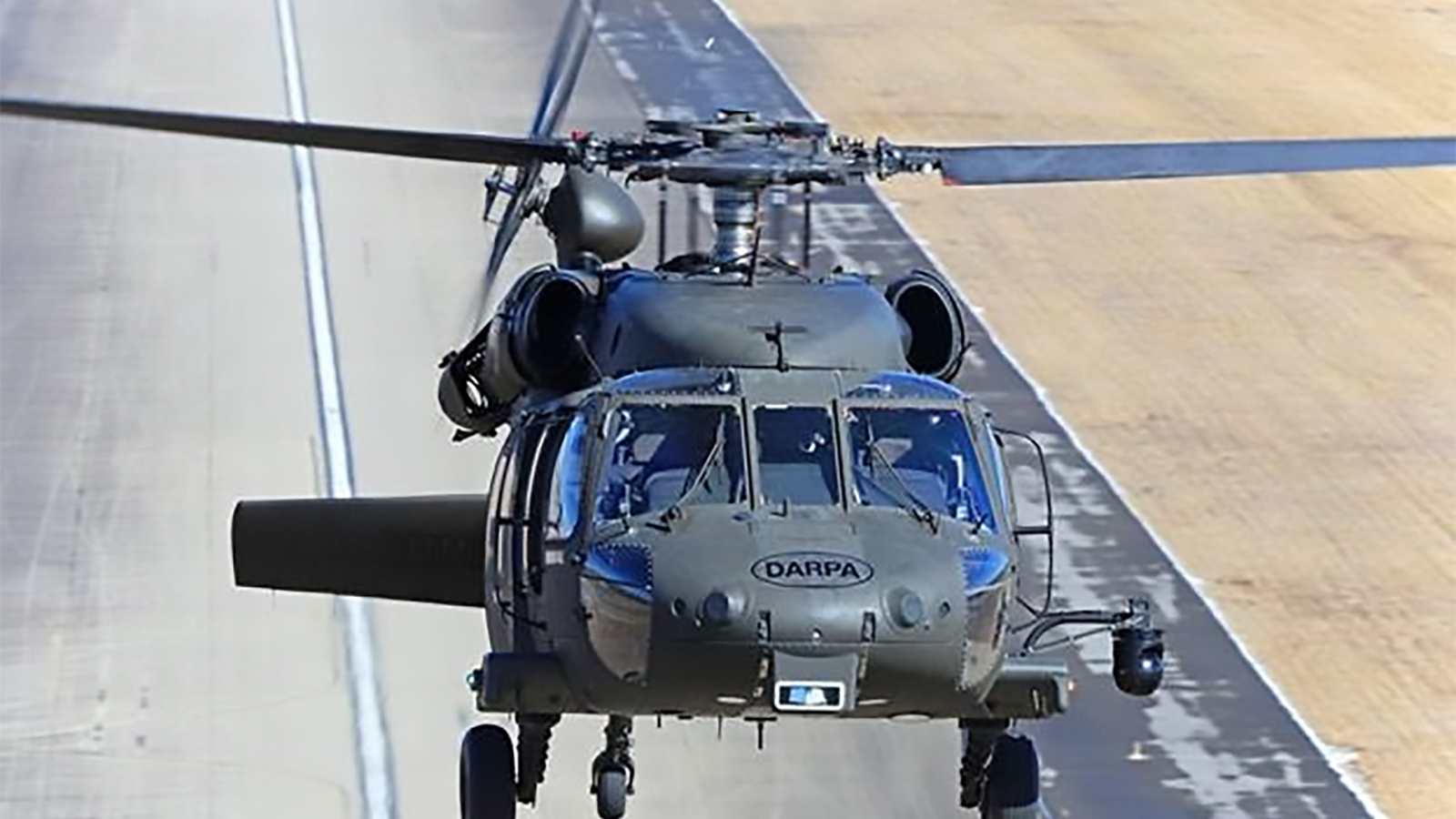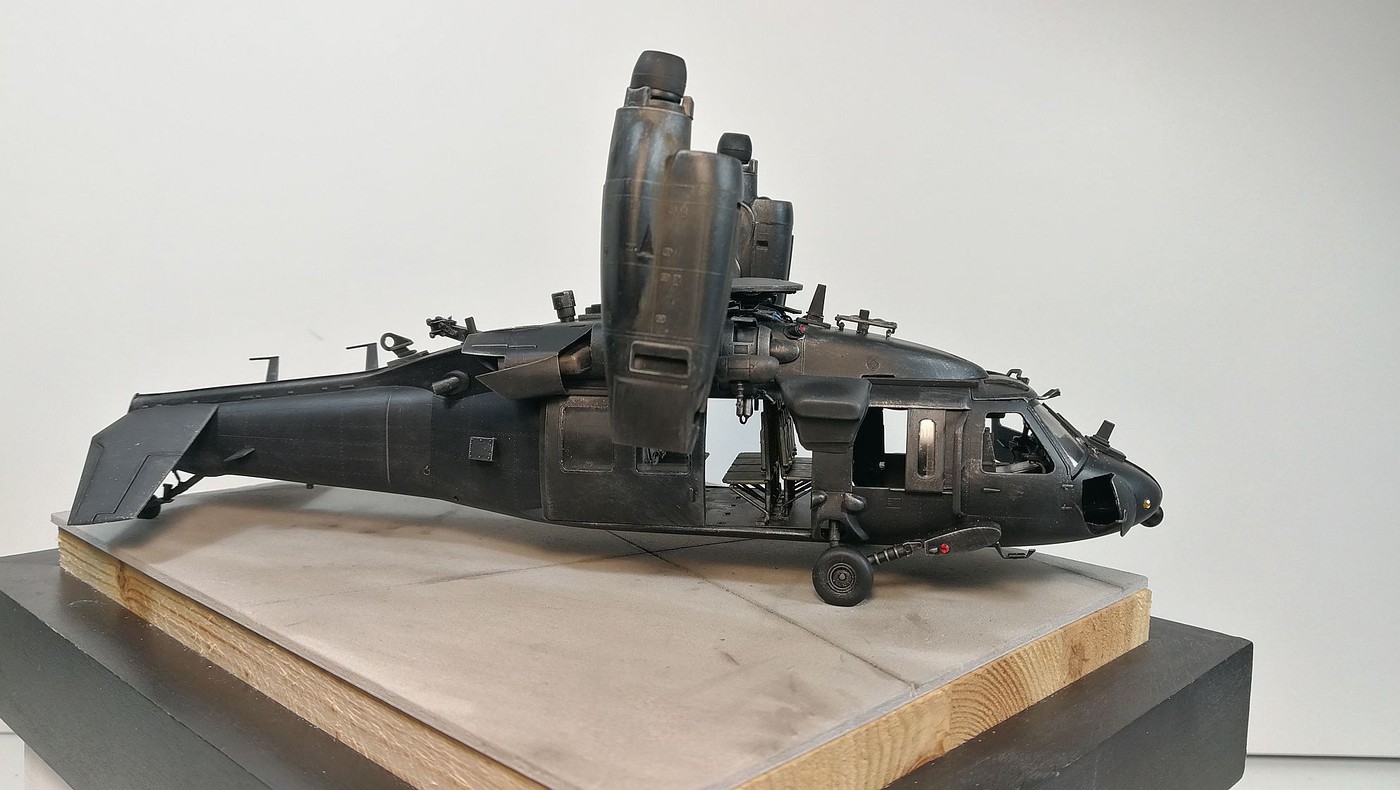Blackhawk Stealth Helicopter - The successor to the Sikorsky and Boeing Black Hawk, a contender for the US Army's Future Long Range Assault Aircraft (FLRAA) competition, will be powered by a Honeywell engine.
Honeywell has been selected to supply the new HTS7500 turboshaft engine for the new helicopter, dubbed the Defiant X.
Blackhawk Stealth Helicopter

The HTS7500 turboshaft engine is the latest and most technologically advanced model in the Honeywell military engine family, which includes the iconic T55 engine, which has been used in the H-47 fleet for over 60 years.
The Original Blackhawk: The Sikorsky S 67
Like the T55, the HTS7500 is a highly reliable engine designed to operate in harsh environments and protect military personnel. The HTS7500 improves mission readiness and exceeds power and fuel requirements.
The new engine features an updated control system that provides reliable transmission of engine data. The control system improves operational capability, reduces life cycle costs and ensures engine health with its digital flow schedule.
“This engine is based on the battle-proven T55 architecture, but the HTS7500 takes engine performance, reliability and efficiency to a whole new level,” said Dave Marinik, President of Engines and Fuel Systems by Honeywell Aerospace. likewise, which is great for field maintainers as they can use current tools and training. However, when it comes to performance, the HTS7500 is 42% more powerful than the T55-GA-714A and has the lightest overall weight compared to other motors in its power class.
"We are committed to keeping the US military focused on modernization and multi-profile operations, and the selection of Honeywell's latest engine technology for the Defiant X is testament to that commitment," said Ricky Freeman, President of Defense and Space by Honeywell Aerospace. “The HTS7500 lives up to the Lockheed Martin Sikorsky-Boeing team and the Army, and we are excited to play our part in the future of vertical lift for our Army customer and Team Defiant.”
The Real Reason The Us Cancelled This Multi Billion Dollar Helicopter Project
The Defiant X can fly twice as fast and as far as the Black Hawk and is currently being tested in a digital combat environment.
FLRAA was initiated by the US Army in 2019 to develop a new utility helicopter to replace the Sikorsky UH-60 Black Hawk beginning in 2030. The Black Hawk was developed in the 1960s and 1970s and was selected by the military in 1976. The FLRAA will provide the next generation of capabilities to the United States military for decades to come, and the HTS7500 was built to provide world-class reliability and wing time for this next generation of aircraft.
The US Navy has announced mass production of the Sikorsky CH-53K helicopter, and production is expected to increase to more than 20 helicopters per year over the next few years.

As part of the Leonardo Social Value series, the company hosted a workshop on 'Destination Net Zero, Leonardo and SMEs Working Together on the Journey' led by SWMAS (Southwest Manufacturing Advisory Services) at the iAero Center in Yeovil, Somerset .
Wallpaper Night, Figure, Art, Helicopter, Operation, Black, Hawk, Operation Geronimo, Stealth Images For Desktop, Section авиация
Aerospace Xelerated today announced that 11 startups working on digital services and solutions will join the fourth group to address key challenges in the aerospace industry.
Virgin Orbit released an update following its failed mission to launch satellites into space from the UK on Monday. Nearly a decade since we learned of the stealth black hawks used in bin Laden's raid, we haven't seen images of them or their origins. , still.
We are constantly on the lookout for more information about the US military's highly elusive Black Hawk stealth helicopters, one of which is known to have crashed during the raid that killed al-Qaeda leader Osama bin Laden in 2011, and about all possible predecessors that preceded them. Our attention has now been drawn to a never-before-seen image showing a heavily modified EH-60 Black Hawk EW and ECM variant. It appears to be at least one of the missing links between the unique Black Hawk helicopters used in bin Laden's raid and Black Hawk stealth design concepts dating back to the 1970s.
We understand that the image in question, shown at the beginning of this story and again below in a slightly enlarged view, is of Fort Eustis in Virginia. In addition to being home to the 128th Aviation Brigade, formerly known as the U.S. Army Aviation Logistics School, Felker Army Airfield at Fort Eustis, is also home to a unit commonly known as the Flight Concepts Division (FCD), now called the Aviation Technology Directorate. . (ATO). This unit is believed to be responsible for developing the Black Hawk stealth aircraft used in bin Laden's raid and many of the US military's most advanced and secretive helicopters.
Army Unveils New Black Hawk Variant At Fort Indiantown Gap > National Guard > Guard News
The photo is undated and we have no direct information on any program or programs with which the helicopter may have been associated. Where it was filmed is also unknown, but it is a desert location, which could indicate that it was filmed somewhere in the American Southwest, where a number of aviation test facilities are located, including top secret air bases such as Area 51 and Tonopah Test Site Airport. The former reportedly housed the stealthy Black Hawks used in bin Laden's raid.
The Black Hawks for the bin Laden raid were reportedly based on the MH-60 special operations airframe. However, the helicopter pictured is clearly a heavily modified variant of the Sikorsky EH-60, although whether it is the EH-60A or EH-60L version is unclear. Both of these helicopters carried versions of the AN/ALQ-151 Quick Fix system which was capable of both intercepting enemy electronic emissions and providing direction finding to locate the source, as well as jamming electronic warfare. The EH-60A was equipped with the AN/ALQ-151(V)2 Quick Fix II system, while the EH-60L was equipped with the more powerful AN/ALQ-151(V)3 Advanced Quick Fix kit.
The helicopter has four dipole antennas, two on each side of the tail boom, on both the EH-60A and EH-60L. Below the fuselage is a long, retractable whip antenna, as on the EH-60A, in contrast to the more robust antenna system, as on the EH-60L. This lower antenna is connected to the Trafficjam AN/ALQ-17A(V)2 jamming system, which is part of the larger Quick Fix II kit.

First EH-60A helicopter in flight with ventral retractable antenna in deployed position. United States Army via Ray Wilhite.
Why The Uh 60 Black Hawk Is Such A Badass Helo
It also has two large missile approach warning sensors, one on each side of the nose under the main cockpit doors, which are part of the AN/ALQ-156A missile approach warning system (MAWS) featured on the EH- 60A and on the EH-60L. Two identical sensors were also installed behind the fuselage doors of this system, providing the Black Hawk with 360-degree coverage. The EH-60s were eventually fitted with a version of the AN/APR-39 radar warning system like other Black Hawks, which includes smaller receivers on the nose and tail of the helicopter.
Two more radar warning receivers were installed in the rear fuselage between the main cockpit and the tail boom., US Army
Interestingly, it also has short wings that provide an attachment point on each side of the helicopter. They are most commonly associated with the MH-60L/M direct action penetrators assigned to the Army's elite 160th Special Operations Aviation Regiment, as well as the MH-60S Seahawk of the United States Navy. The External Storage Support System (ESSS) wing kit, which has two hardpoints on each side of the helicopter and was used on the EH-60L, is much more common.
The most notable features of the helicopter are, of course, the extreme modifications to the nose, the "dog house" where the engines and main gearbox are located, as well as the engine intakes and exhausts. It also has a heavily modified rotor hub. All of these features appear to be designed to reduce its radar visibility, especially in terms of critical forward hemisphere.
Uh 60a/l Black Hawk Helicopter
The platypus-like nose is largely reminiscent of the stealth design Sikorsky developed in 1978 for the US Army Research and Technology Laboratory at Fort Eustis. This large study was the first indication of the Army's interest in the scaled-down signature Black Hawk. You can read all about it in this previous War Zone feature.
Diagram showing the stealthy Black Hawk concept Sikorsky developed for the US Army in the late 1970s, USAarmy.
Additionally, the nose, as well as the doghouse and main rotor hub bear some visual resemblance to the Bell kit designed for the OH-58X Kiowa in the 1980s. We also detailed this dark Kiowa stealth upgrade in the previous War Zone feature. The Army has evaluated but has not adopted the OH-58X en masse, although it has purchased a number of stealth kits for use with its OH-58D Kiowa Warrior armed scout helicopters.

In the late 1970s, Sikorsky proposed the use of advanced radar-absorbing composite materials as part of their design studies for the stealthy Black Hawk, and Bell incorporated similar concepts into its OH-58X. Sikorsky also trialled its S-75 technology demonstrator in the mid-1980s.
U.s. Army Black Hawk And Apache Helicopters Put On A Big Show At Airfield, Air Trembles
Stealth helicopter blackhawk, blackhawk helicopter for sale, lego blackhawk helicopter, blackhawk remote control helicopter, stealth blackhawk helicopter pictures, toy blackhawk helicopter, stealth blackhawk, mh 60 blackhawk stealth helicopter, blackhawk helicopter model, blackhawk helicopter, stealth helicopter, blackhawk helicopter replacement
0 Comments